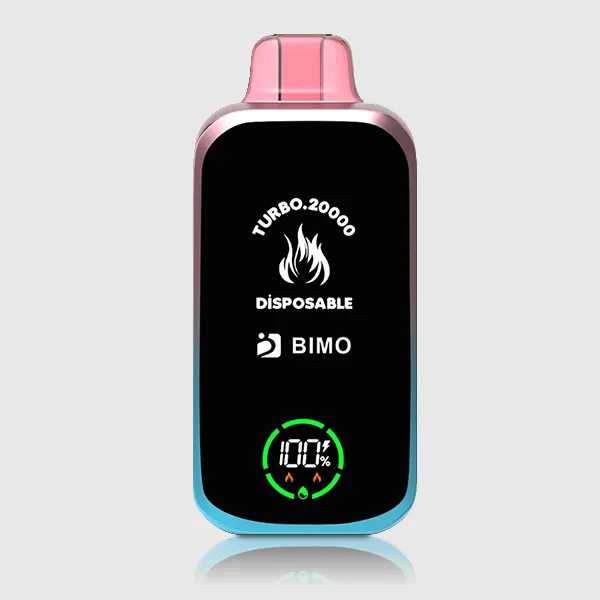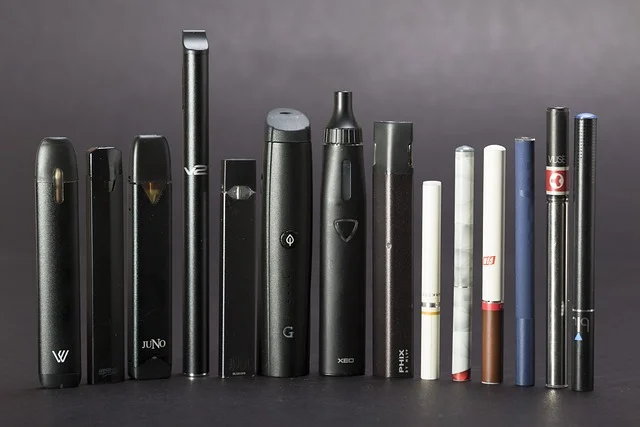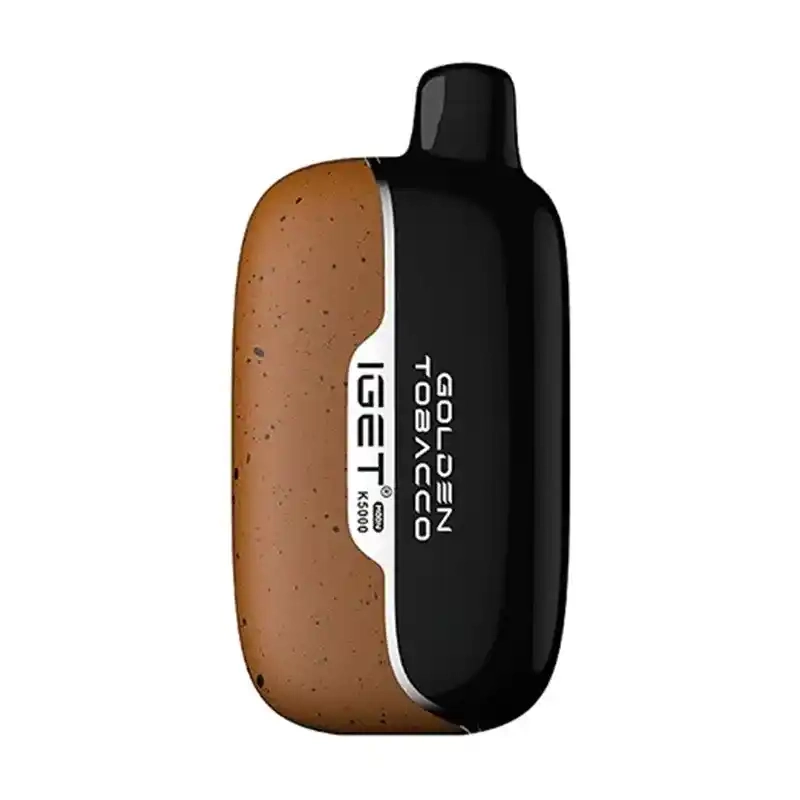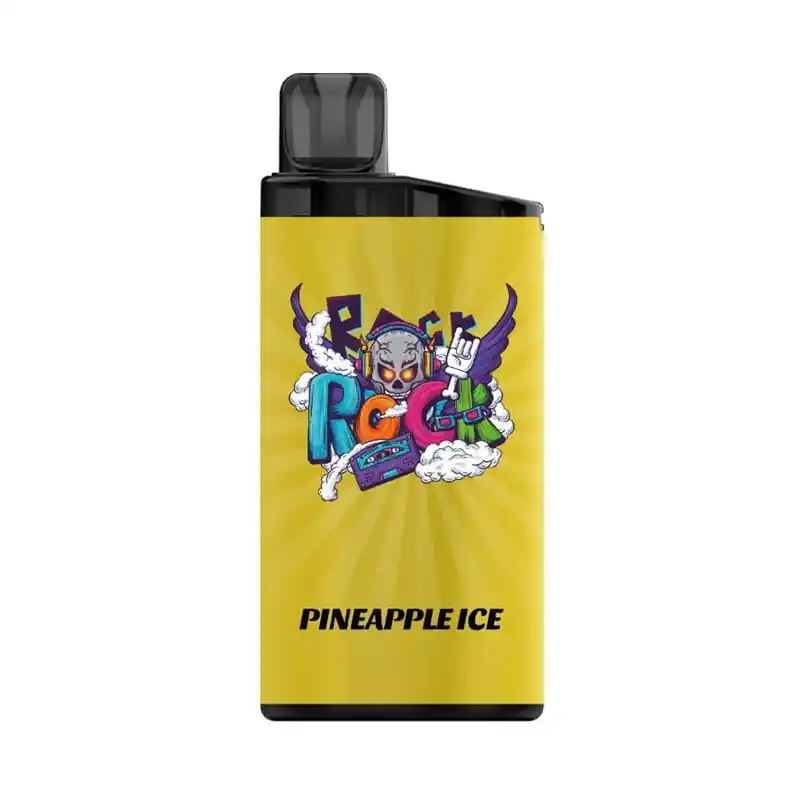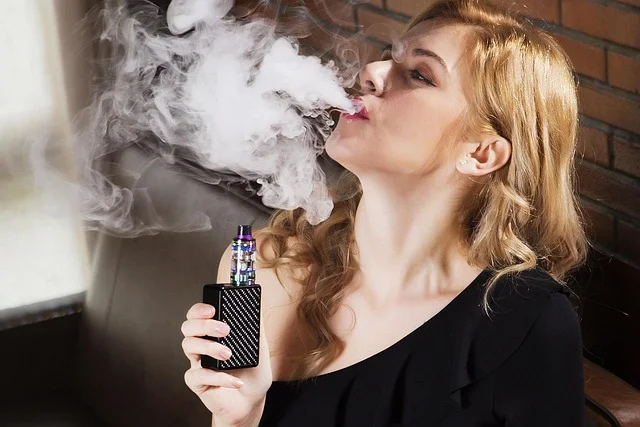Blog
Understanding CVape Disposables in Australia: A Guide to Vaping Laws and Choices
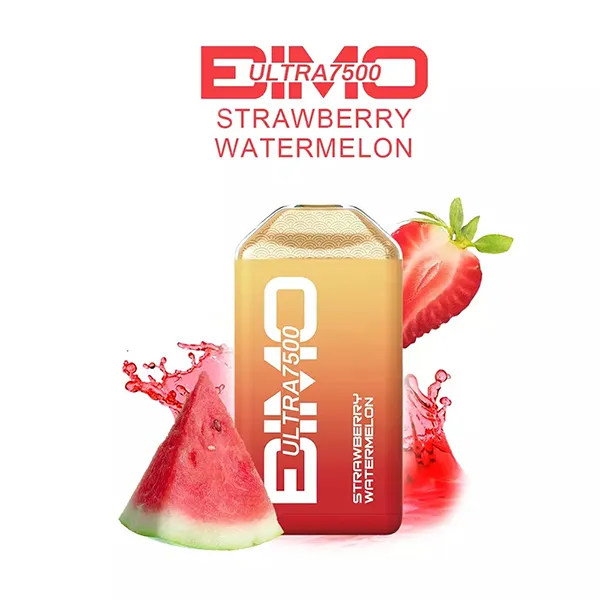
Article Overview
🚀 Key Takeaways
- All nicotine-containing CVape disposables and e-liquids are prescription-only medicines in Australia and cannot be legally purchased without a script from a doctor.
- Purchasing vapes from unauthorised retailers like tobacconists or convenience stores is illegal and poses significant health risks due to unregulated ingredients.
- The legitimate path to access a CVape product is with a prescription, which can then be filled at a participating pharmacy or through an approved online pharmacy service.
- Non-nicotine CVape disposables remain legal to sell, but their availability is heavily restricted under new laws aimed at curbing youth access.
- Always verify the legitimacy of a seller and ensure any product complies with the Therapeutic Goods Administration (TGA) standards for safety.
Introduction & Definition
In the Australian context, CVape refers to the comprehensive vaping ecosystem that has developed across the country, encompassing devices, e-liquids, regulations, and the growing community of users. Unlike traditional tobacco products, vaping devices heat a liquid—typically containing nicotine, flavourings, and other compounds—to create an aerosol that users inhale. This technology has rapidly evolved from early cig-a-likes to sophisticated mod systems and convenient disposable options that dominate the current market.
The Australian vaping landscape is uniquely shaped by stringent regulations that differ significantly from other Western nations. Under current Therapeutic Goods Administration (TGA) regulations, nicotine vaping products are classified as prescription-only medicines, meaning Australians require a doctor’s prescription to legally purchase nicotine-containing e-liquids or pods. This regulatory framework creates a distinctive market dynamic where consumers must navigate both medical and retail channels to access vaping products.
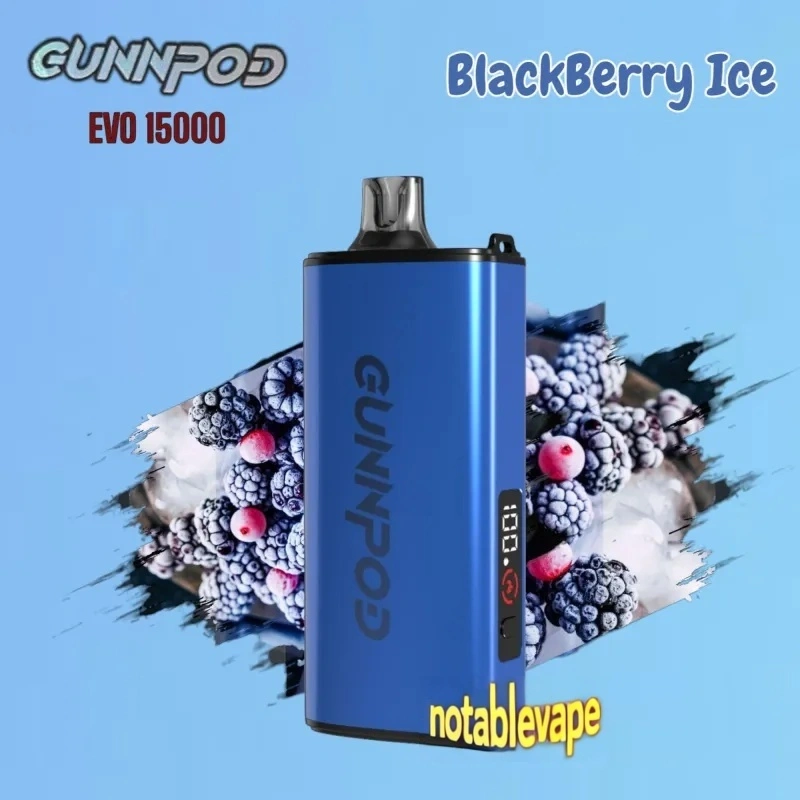 Various vaping devices on display in an Australian retail setting
Various vaping devices on display in an Australian retail setting
Despite regulatory challenges, the Australian CVape market continues to grow, with innovation focusing on nicotine-free options and harm reduction alternatives for smokers. The community has developed a sophisticated understanding of device types, from beginner-friendly pod systems to advanced mods for experienced users. Australian vapers have also cultivated distinct preferences for flavours and device characteristics that suit local tastes and compliance requirements.
The term CVape now encompasses not just the devices themselves, but the entire culture surrounding vaping in Australia—including online communities, advocacy groups, retail experiences, and the ongoing regulatory discussions that shape accessibility. This comprehensive ecosystem continues to evolve as technology advances and regulatory frameworks adapt to emerging evidence about vaping’s role in tobacco harm reduction.
Market Comparison & Analysis
The Australian CVape market presents a unique landscape characterized by strict regulations and evolving consumer preferences. Current market analysis indicates approximately 1.1 million regular vapers nationwide, with concentration highest in metropolitan areas like Sydney, Melbourne, and Brisbane. The market has experienced consistent growth despite regulatory hurdles, with annual revenue estimates approaching $1.2 billion AUD across legal channels.
Price positioning varies significantly across product categories. Disposable vapes typically range from $20-45 AUD depending on puff count and features, while refillable pod systems represent the mid-market at $30-80 AUD for starter kits. Advanced mod systems command premium prices from $80-250 AUD, appealing to dedicated enthusiasts. E-liquid pricing shows similar stratification, with 30ml bottles of nicotine-free options ranging from $20-35 AUD in Australian stores.
 Comparison chart showing Australian vape market segmentation by product type
Comparison chart showing Australian vape market segmentation by product type
Geographic distribution reveals interesting patterns, with Melbourne emerging as having the highest density of vape shops per capita, followed closely by Sydney and Brisbane. Perth shows the fastest growth in vaping adoption rates, while Adelaide maintains a more conservative market profile. Regional areas demonstrate lower penetration but higher customer loyalty among existing vapers.
The regulatory environment continues to shape market dynamics significantly. Since the implementation of prescription requirements for nicotine products, the market has bifurcated into prescription-based nicotine access and a robust nicotine-free segment. This has created opportunities for innovative Australian companies developing compliant alternatives while presenting challenges for consumers seeking harm reduction options.
Market competition intensifies as both domestic manufacturers and international brands navigate Australia’s unique regulatory framework. Australian-made products often command premium pricing but benefit from perceived quality and compliance advantages. The market shows increasing sophistication, with consumers demonstrating heightened awareness of product quality, safety standards, and regulatory compliance when making purchasing decisions.
User Experience & Case Studies
Australian vapers report diverse experiences shaped by regulatory constraints and personal harm reduction goals. Melbourne-based Sarah, a former pack-a-day smoker of 15 years, shares: “Switching to vaping required persistence due to prescription hurdles, but finding the right device and strength ultimately helped me quit tobacco completely after numerous failed attempts with other methods.” Her experience reflects common patterns where Australian users value vaping primarily as a smoking cessation tool despite regulatory barriers.
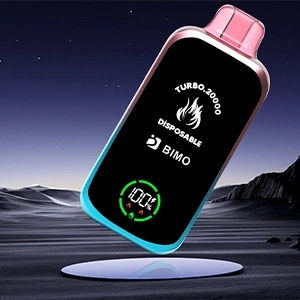 Australian vaper using device in outdoor setting
Australian vaper using device in outdoor setting
Case studies from Sydney reveal interesting usage patterns. Michael, a 42-year-old construction manager, notes: “I started with disposable vapes for convenience but switched to a refillable pod system for cost savings. The initial investment was higher, but I’ve reduced my weekly expense from $120 AUD on cigarettes to about $35 AUD on vaping.” This economic motivation appears consistently across Australian user testimonials, particularly as tobacco prices continue rising.
Many Australian users report positive experiences with the i get pods disposable vape for its convenience and flavour consistency. Priced at $40.94 AUD, it represents the mid-range disposable market that appeals to Australians seeking quality without prescription requirements.
Brisbane-based users highlight the importance of community support in navigating Australia’s complex vaping landscape. Vape shops in Queensland have become de facto information centers, with staff helping customers understand legal requirements and product options. “The staff at my local store explained the prescription process and recommended nicotine-free options while I waited for my doctor’s appointment,” explains James, a 31-year-old graphic designer. This hands-on guidance proves invaluable for Australians new to vaping.
Perth users report distinctive preferences, often favouring discreet devices for public use due to stronger social stigma compared to eastern states. Case studies show Western Australian vapers prioritize device portability and low vapour production, influencing product preferences toward compact pod systems rather than large mod devices. This geographic variation in user experience highlights how regional attitudes shape vaping adoption patterns across Australia’s diverse communities.
Purchase Guide & Recommendations
Navigating Australia’s CVape market requires understanding both product options and legal requirements. For beginners, starting with disposable vapes offers the simplest entry point, requiring no maintenance or additional purchases. These devices come pre-filled and pre-charged, ideal for Australians testing vaping without significant investment. When selecting disposables, consider puff count—devices ranging from 600 to 15,000 puffs cater to different usage patterns and frequency needs.
The Alibarbar 9000 stands out as Australia’s most affordable quality option at $38.05 AUD, offering exceptional value for budget-conscious beginners seeking reliable performance.
For regular users, refillable pod systems provide better long-term economics and customization. These devices typically cost more initially but significantly reduce ongoing expenses. Australians should consider device compatibility with readily available pods and coils, as supply chain issues can affect specific models. Battery life represents another crucial factor—devices with USB-C charging and 1000mAh+ batteries suit all-day users, particularly those in professions with limited charging opportunities.
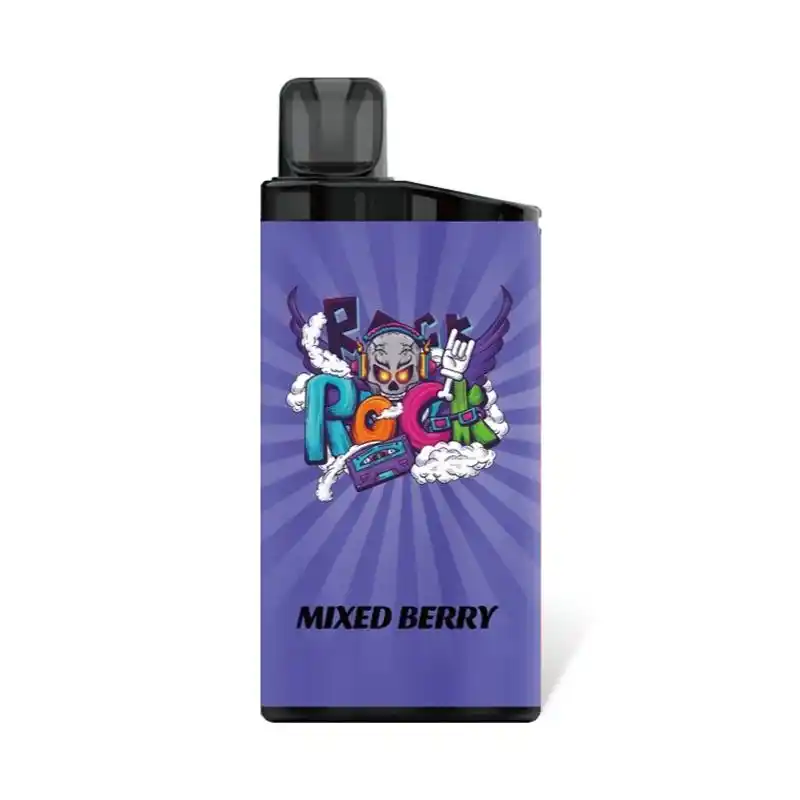 Side-by-side comparison of popular vaping devices available in Australia
Side-by-side comparison of popular vaping devices available in Australia
Flavour selection requires careful consideration of Australian preferences and availability. While international trends influence offerings, local manufacturers have developed flavours specifically suited to Australian palates. Fruit and beverage flavours dominate the market, with ice variants particularly popular in warmer regions like Queensland and Northern Territory. Melbourne users show stronger preference for dessert and tobacco flavours, reflecting more established vaping culture in Victoria.
For premium disposable experiences, the Gunnpod EVO Forest Cola Fizz 15K at $37.90 AUD delivers exceptional flavour complexity and device longevity, making it a favourite among experienced Australian vapers.
Legal compliance remains paramount in Australian vaping purchases. Consumers must understand that nicotine-containing products require prescriptions, while nicotine-free options face fewer restrictions. Reputable retailers like Aurora Serdang provide clear compliance information and product documentation. Australians should always purchase from established businesses that verify age and provide product safety information, avoiding unauthorized sellers that might offer non-compliant or dangerous products.
Finally, consider after-sales support and warranty options when selecting devices. Australian consumer law provides protections, but specific warranty terms vary between manufacturers and retailers. Devices with local distributor support typically offer smoother resolution for any issues, an important consideration for Australians investing in higher-priced vaping systems.
❓ Frequently Asked Questions
How much does a CVape device cost in Australia?
CVape starter kits typically range from $50 to $150 AUD depending on the model and features. E-liquid pods usually cost between $10 and $25 AUD each. These prices may vary between retailers and states due to different tobacco taxes.
Is vaping legal in Australia?
Vaping regulations vary by state, but nationally, you must have a prescription to legally purchase nicotine vaping products. Non-nicotine vaping devices are more readily available, but all vaping products are subject to strict regulations under the Therapeutic Goods Administration.
Can I use my CVape in public places?
Most Australian states prohibit vaping in smoke-free areas including restaurants, pubs, public transport, and many outdoor public spaces. Always check local regulations as fines for violating vaping laws can be substantial, often exceeding $200 AUD.
How does CVape compare to traditional cigarettes in Australia?
While vaping is generally considered less harmful than smoking traditional cigarettes, both products carry health risks. CVape devices don’t produce tar like cigarettes, but they still deliver nicotine and other chemicals. The Australian Department of Health recommends complete cessation of both smoking and vaping.
Are there age restrictions for purchasing CVape products?
Yes, you must be 18 years or older to purchase any vaping products in Australia, consistent with tobacco purchasing laws. Retailers are required to verify age identification, and penalties apply for sales to minors.
How do I dispose of CVape products responsibly in Australia?
CVape devices and batteries should not be disposed of in regular household waste. Many Australian councils offer e-waste recycling programs. Batteries can be taken to BatteryWorld or other dedicated recycling points. E-liquid containers should be thoroughly emptied before recycling.
How To Properly Use Your CVape Device
- Charge Your Device: Connect your CVape to the provided USB charger until the indicator light shows a full charge (typically 1-2 hours).
- Insert Pod: Remove the pod from its packaging and firmly insert it into the device until you hear a click.
- Prime The Coil: Wait 5 minutes after inserting a new pod to allow the e-liquid to saturate the wick properly.
- Activate: For draw-activated models, simply inhale from the mouthpiece. For button-activated devices, press the fire button while inhaling.
- Maintain: Clean the connection points weekly with a cotton bud and store upright to prevent leaks.
- Dispose Responsibly: When empty, remove the pod and dispose of according to local Australian e-waste regulations.
About the Author
Dr. Sarah Chen, is a Sydney-based public health researcher with over 15 years of experience in tobacco harm reduction. She holds a PhD from the University of Melbourne and currently serves as a senior advisor to several Australian state health departments on nicotine regulation and smoking cessation strategies. Dr. Chen has published extensively in Australian medical journals on vaping regulations and their impact on public health outcomes.
Featured Products
No account yet?
Create an Account

